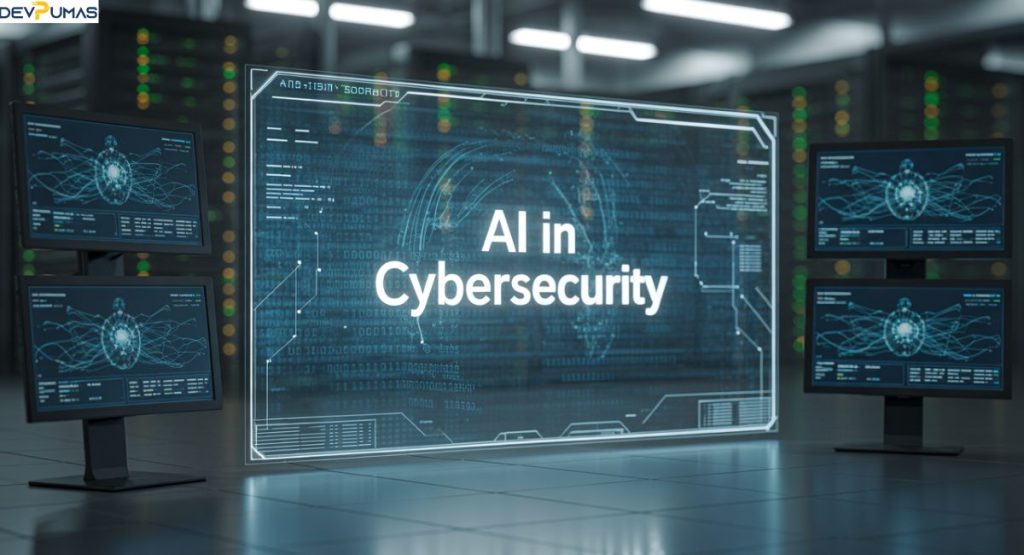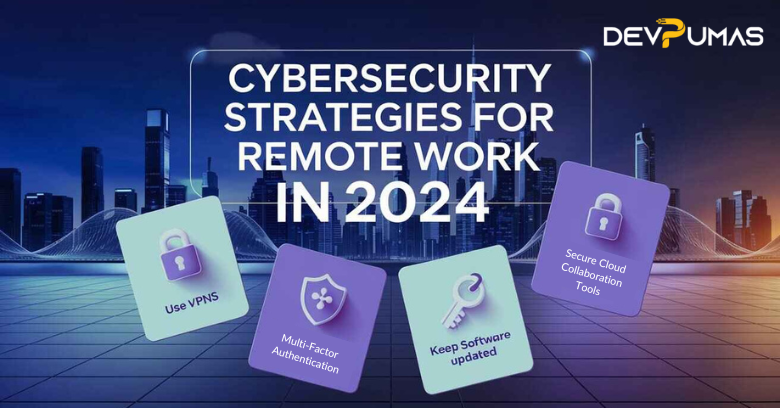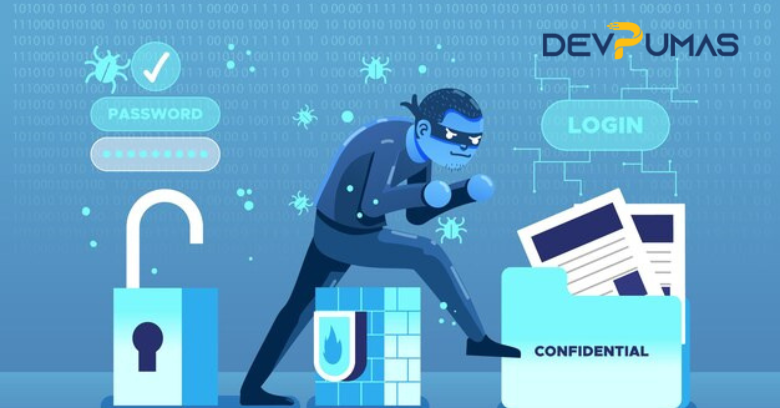AI in Cybersecurity: Benefits, Use Cases, and Future Trends
Introduction to AI in Cybersecurity In today’s digital world, AI in cybersecurity has become a powerful shield against growing cybersecurity threats and sophisticated cyberattacks. Traditional methods are no longer enough to handle modern challenges like zero-day threats, polymorphic malware, and hidden network traffic anomalies. By using AI-powered security automation, businesses can build stronger cyber resilience and improve their security frameworks. Intelligent threat detection systems, incident response automation, and vulnerability scanning now work faster and smarter with data-driven security What is AI in Cybersecurity? When we ask, what is AI in cybersecurity?, we are talking about using smart algorithms to keep networks safe. Unlike traditional software that follows fixed rules, AI adapts and learns from every attack. That makes it perfect for spotting network traffic anomalies or hidden zero-day threats that normal tools miss. AI also includes the role of machine learning in cybersecurity. With ML, systems grow smarter with each event, building better defences over time. This is why AI vs traditional cybersecurity tools is not even a fair fight anymore. AI brings speed, adaptability, and continuous learning that older tools simply lack. Why is AI in Cybersecurity Important? AI matters because attackers are more sophisticated than ever. From polymorphic malware that changes shape to escape scanners, to large-scale phishing campaigns, threats no longer look the same twice. That makes human monitoring alone impossible. How AI helps in cybersecurity is by automating the detection and response in real time. For the UK, this is especially important with security frameworks like GDPR requiring strict data protection. Financial institutions, government agencies, and healthcare providers all depend on AI-powered security automation to stay compliant. In many cases, a fast AI-driven response is the only barrier between a safe business and a major data breach. Key Applications of AI in Cybersecurity The most powerful use of AI is in AI for threat detection and response. AI systems can scan millions of data points in seconds, identifying suspicious patterns faster than any human analyst. This helps prevent fraud in banking, catch insider threats in offices, and strengthen cyber resilience across industries. Another key application is in threat management tools. AI supports incident response automation, vulnerability scanning, and risk prioritization. This means organisations know exactly which risks matter most, and they can deal with them quickly. By applying predictive analytics in security, companies can even anticipate future attacks before they happen. Core AI Technologies Powering Cybersecurity Behind the scenes, different AI technologies drive this new wave of protection. How deep learning detects malware is one of the most exciting areas. Deep learning allows AI to scan massive amounts of files, spotting the tiniest sign of infection. Unlike old methods, it can even identify polymorphic malware that changes its code constantly. Another core area is User and Entity Behavior Analytics (UEBA). These systems watch how employees and devices normally behave. When something unusual happens, such as a sudden login from another country, UEBA raises the alarm. With NLP, AI can also detect fake messages and phishing scams by reading the text itself. Benefits of Using AI in Cybersecurity The first and most obvious benefits of AI in cybersecurity is speed. Traditional tools can take hours to find problems, while AI responds in seconds. It does not just detect threats, it stops them instantly. This creates stronger cyber resilience for UK businesses. Another benefit is cost savings. By automating tasks in the security operations center (SOC), AI reduces the need for endless manual work. Companies spend less on recovery from breaches and more on growth. AI also supports better risk prioritization, ensuring teams focus only on the most urgent issues. Challenges and Risks of AI in Cybersecurity Despite the many advantages, there are serious challenges of AI in cybersecurity. The first is the high cost of adoption, especially for smaller UK businesses. Many SMEs lack resources to invest in AI-based threat intelligence platforms. Another issue is bias: AI can sometimes misjudge alerts, creating false positives that waste time. A second concern is the rise of AI-driven cyberattacks. Hackers also use generative AI in cybersecurity to create fake emails, launch scams, and design malware. The very tools protecting us can also be weaponised. This dual nature makes AI both a shield and a sword in the fight against cybercrime. Popular AI-Powered Cybersecurity Tools Today, we see many examples of AI in cybersecurity across industries. UK banks rely on best AI tools for cybersecurity like Darktrace and CrowdStrike. These platforms use threat intelligence platforms to predict attacks before they occur. Healthcare organisations use AI to guard patient data from theft. Case Study: A major UK retailer adopted AI-based incident response automation in their SOC. Within three months, they cut their response time to cyberattacks from hours to under five minutes. This change not only saved money but built trust with customers. Latest Developments and Trends in AI Cybersecurity The newest trend is generative AI in cybersecurity. While often seen as risky, it also allows defenders to simulate attacks and prepare better responses. Another trend is the use of zero-trust security frameworks, which assume every device or user could be compromised until proven safe. Biometric logins, blockchain-powered security, and AI-driven vulnerability scanning are also shaping the field. UK companies increasingly depend on these tools to meet rising threats. These changes show that the future of AI in cybersecurity will be deeply tied to constant innovation. Future of AI in Cybersecurity When we ask, is AI the future of cybersecurity?, the answer is yes. By 2030, experts believe AI will be the foundation of most security operations centers worldwide. Automated defence systems will act instantly, leaving little room for hackers to exploit. For the UK, this means stronger national defence, safer financial systems, and improved digital sovereignty. The future of AI in cybersecurity will likely blend human intelligence with smart machines, creating a new balance that ensures lasting protection against ever-changing threats. FAQs How is AI being used in cybersecurity? AI is used for threat detection, vulnerability scanning, incident response automation,
AI in Cybersecurity: Benefits, Use Cases, and Future Trends Read More »







